There’s nothing better on cold days than coming home to a warm house. Being in a home where you’re at a comfortable temperature is necessary for a good quality of life, especially if you live somewhere where temperatures plummet during the winter. There are many ways you can heat your home, from more traditional options to new and more sustainable alternatives that help you to save more space, although they require a larger first investment on your part. If you are thinking of installing heating for your home, or replacing the current system in place in your home for a better option, today in this article from ShBarcelona we want to help you explore the different types of heating available for you.
Related article: How to keep warm this winter
A warm home is a happy home
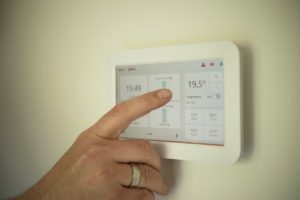


Photo via Pixabay
There are different advantages that come along with the various types of heating, and some will be better than others depending on your needs. Natural gas heating is one of the most common types of heating in cities and surrounding areas. The installation requires radiators and a boiler, and the only complication of installing is the tube circuit that you have to mount to the boiler in order to spread the heat through the radiators. With this type of heating also comes the slight inconvenience of an initial large investment and good maintenance. With this system there is also the option of class C diesel, which is a great option if you live in a small town or isolated home where the natural gas supply doesn’t reach. The inconveniences of this system is that you need to store the fuel, which requires having a large deposit that needs to be filled periodically. Class C diesel is a form of energy that creates a lot of residue and is considered to be one of the most sustainable.
Related article: Why have home insurance?
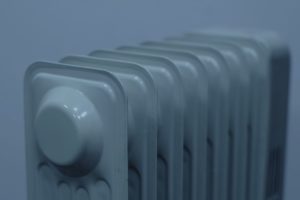


Photo via Pixabay
Currently, one of the most highly-used forms of heating is radiant floor heating. This is a tube system through which hot water flows, installed under the flooring of the home. The generated heat extends throughout the whole home in a much more complete way than by natural radiator heat. This type of heating allows for the most savings on your utility bills, since the water circulates at a lower temperature and the installation allows for the generation of more efficient heat (aerothermic, geothermic, condensation boilers and solar energy). Its main inconveniences include its demanding installation process and a higher initial cost. Pump heating is the same process as air conditioning, but inverse, as the cold air is warmed up by electricity. Its advantages include its simple installation, faster heating, a clean system, non-costly maintenance and the ability to have air conditioning in the summer with the same machine. On the other hand, its main inconvenience is that in colder climates, it doesn’t work as well, because the colder it is outside the less hot air it can generate, and if you have the heat running for many hours of the day, your gas bill will be noticeably higher. There is one last heating system option that is clean, low-cost and has an easy installation process – heating from electric convection heaters. Its main disadvantage is that if you need to heat a larger house, it requires a lot more parts which can considerably raise the cost of installation.
What heating system do you use in your home?









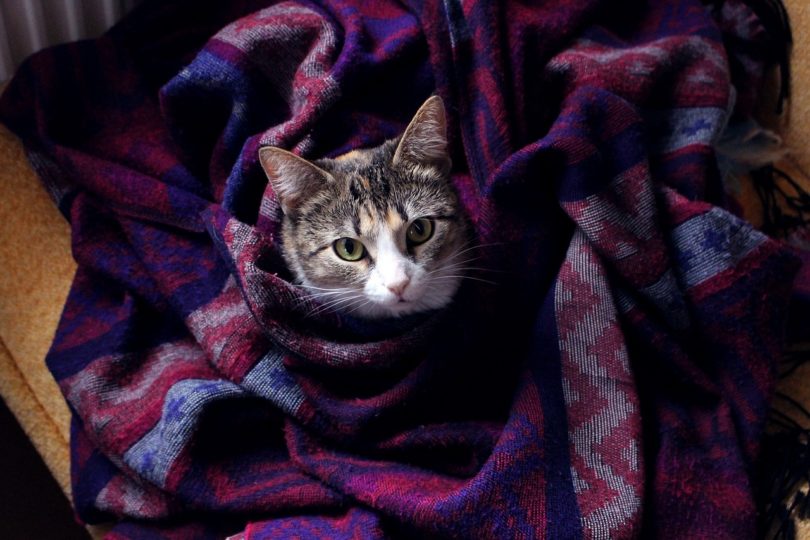

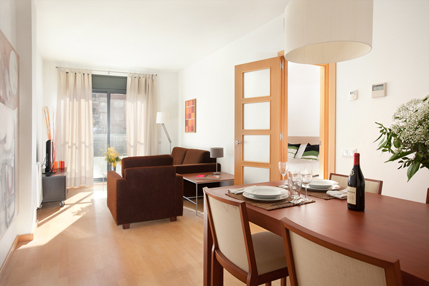





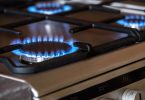



Leave a Comment